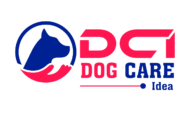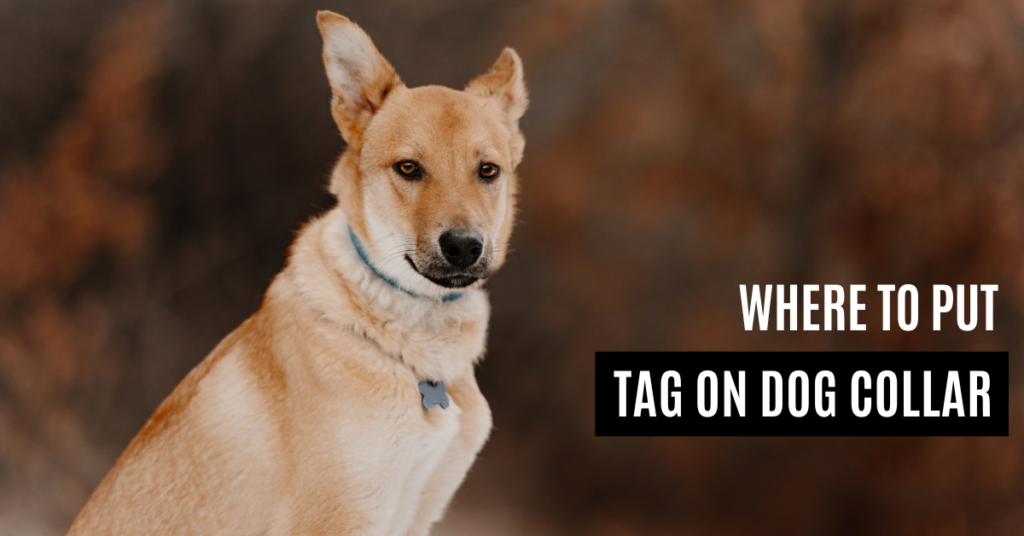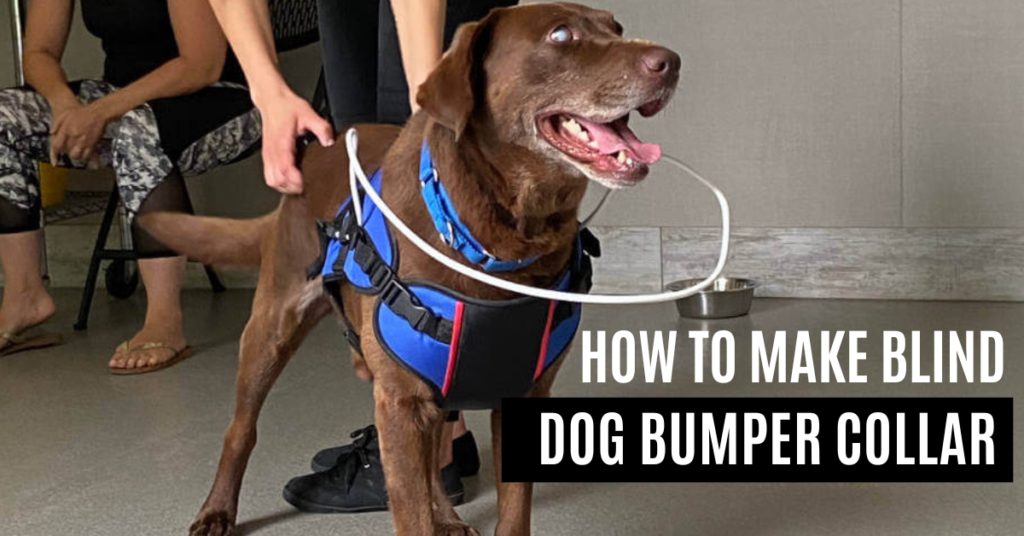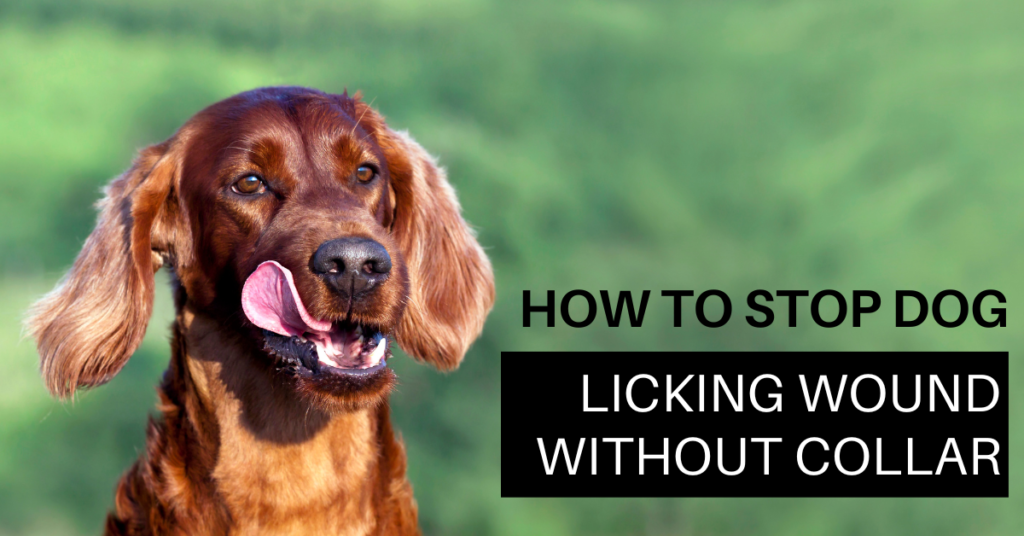Every dog owner wants to ensure the safety and well-being of their furry friends. One essential aspect of dog care is having a tag on their collar and where to put the tag on the dog.
When it comes to placing tags on a dog collar, it’s important to find the right spot that ensures visibility and convenience.
The most common and recommended placement is on the D-ring located near the buckle. Attach the tag to your dog’s collar in a visible and easily accessible spot, such as near the buckle or on the opposite side of the leash.
By choosing the appropriate spot, you can ensure that your dog’s identification tags, license, and other important information are easily visible and accessible. Let’s explore the different options and considerations for where to put tags on a dog collar.
Where To Put Tag On Dog Collar
When it comes to placing a tag on your dog’s collar, there are a few key considerations to ensure it’s visible and secure. Here are some points to keep in mind:
- Attach The Tag On The D-Ring:
The most common and recommended spot is to hook the tag onto the D-ring of the collar. This ensures the tag hangs freely and is easily visible.
- Choose The Front Or Side Of The Collar:
Depending on the design of your dog’s collar, you can either attach the tag on the front near the buckle or on the side. Both locations offer good visibility.
- Avoid Placing It Near The Leash Attachment:
It’s important to keep the tag away from the leash attachment point to prevent any interference or tangling during walks.
- Position It On The Top Or Bottom:
If your dog’s collar has multiple layers, consider placing the tag either on the top layer or bottom layer for better visibility and less chance of it getting covered.
- Ensure The Tag Is Securely Attached:
Use a sturdy split ring or S-hook to attach the tag to the collar. Regularly check that the tag is securely fastened to prevent it from getting lost.
Remember, the tag should have your dog’s identification information, such as their name and your contact details, to help ensure their safety if they ever go missing.
By following these guidelines, you can ensure that the tag is in the right place on your dog’s collar for easy identification and peace of mind.
Benefits Of Properly Placing A Tag On A Dog Collar
- Placing a tag on your dog’s collar is crucial for their safety and well-being.
- Having a tag with your contact information ensures your dog can be returned safely if they get lost.
- It saves time during emergencies, allowing others to quickly identify and help your dog.
- It demonstrates responsible pet ownership and encourages others to act responsibly around your dog.
- Properly placed tags provide peace of mind and show that you have taken necessary measures for your dog’s safety.
How To Secure The Tag On The Collar
Securing your dog’s identification tag on their collar is an essential step in ensuring their safety. Here are some easy steps to follow:
- First, make sure the tag fits snugly onto the collar and does not move around too much. If it slides easily, it can become lost or damaged over time.
- Next, attach the tag to a sturdy ring or loop on the collar using a durable attachment such as a split ring. This will help prevent the tag from coming off accidentally.
- To further secure the tag, consider adding another layer of protection by wrapping tape around both sides of the collar where it meets with the tag. This prevents water damage and also makes it harder for someone to remove or tamper with your dog’s identification information.
Regularly check that your dog’s ID tags are securely attached and readable – especially if they like to scratch at their collars or play rough with other dogs.
How To Choose The Right Size And Type Of Tag For Your Dog’s Collar
Choosing the right size and type of tag for your dog’s collar is essential to ensure that it stays securely in place.
The first thing you need to consider when choosing a tag is the size and breed of your dog. A larger dog may require a bigger tag, while smaller dogs will need something more petite.
The material of the tag also matters as some materials are more durable than others.
A metal or stainless steel tag with engraved information can last longer than other materials like plastic or rubber. You should also choose tags that have smooth edges to avoid scratching your pet’s skin.
Consider what information you want on the tag as well; most people include their pet’s name, owner’s phone number, address, and any medical conditions they may have. If you prefer not to include personal details on the tags such as an address or name, you can opt for generic wording like “I’m Lost” or “Call my Owner.”
Always check local laws regarding what information must be included on a pet’s ID tags before making any purchase decisions. With these tips in mind, finding the perfect sized and styled ID tag for your furry friend should be easy!
Common Mistakes To Avoid When Placing Tags On Collars
When it comes to putting tags on your dog’s collar, there are some common mistakes that you should avoid.
- One mistake is using the wrong type of tag for your dog’s collar. For example, a metal tag may not be suitable for dogs with sensitive skin as they can cause irritation and discomfort.
- Another mistake is placing too many tags on the same ring or hook on the collar. This could cause the tags to jingle loudly and annoy your furry friend. It could also make it difficult to read important information from the tag when needed.
- Additionally, failing to update your dog’s tags can be a costly mistake. If you move or change phone numbers, update your pet’s identification immediately so that it remains current and relevant.
- Moreover, another common error is choosing tags that are too big or heavy for your dog. Tags that are too large or heavy can weigh down their collars causing them discomfort while walking around.
- Not checking if the tag has fallen off over time can result in an unidentifiable lost pet which makes returning him/her more challenging than ever
By avoiding these common mistakes when placing tags on collars will keep our pets safe at all times!
Conclusion
Placing a tag on your dog’s collar is an essential step in ensuring their safety and well-being. By properly securing the tag on the collar and choosing the right type of tag for your furry friend, you can ensure that they are always identifiable in case they get lost.
Remember to avoid common mistakes like using outdated information or placing too many tags on one collar. Take the time to regularly check and update your dog’s tags as needed, especially if you move or change phone numbers.
By following these simple steps, you can have peace of mind knowing that your dog is easily identifiable and safe at all times. So take action today and make sure your furry companion has a proper identification tag on their collar!
FAQs
Where do dog tags go?
Dog tags are typically attached to a metal ring on the collar, and they are commonly positioned near the front of the collar, close to the dog’s neck.
What is the correct way to put on a dog collar?
To put on a dog collar, ensure it is adjusted to the appropriate size and then slide it over your dog’s head or buckle it around their neck, making sure it is snug but not too tight.
What should be on a dog collar tag?
A dog collar tag should include the owner’s name and contact information, such as phone number, to ensure a lost dog can be easily identified and returned.
What not to put on dog tag?
Avoid putting sensitive personal information, such as your home address, on your dog’s tag. Instead, focus on including your phone number and perhaps the dog’s name.
Is it OK to wear dog tags?
Yes, it is perfectly okay for dogs to wear tags as they serve as important identification and safety measures for our beloved pets.



